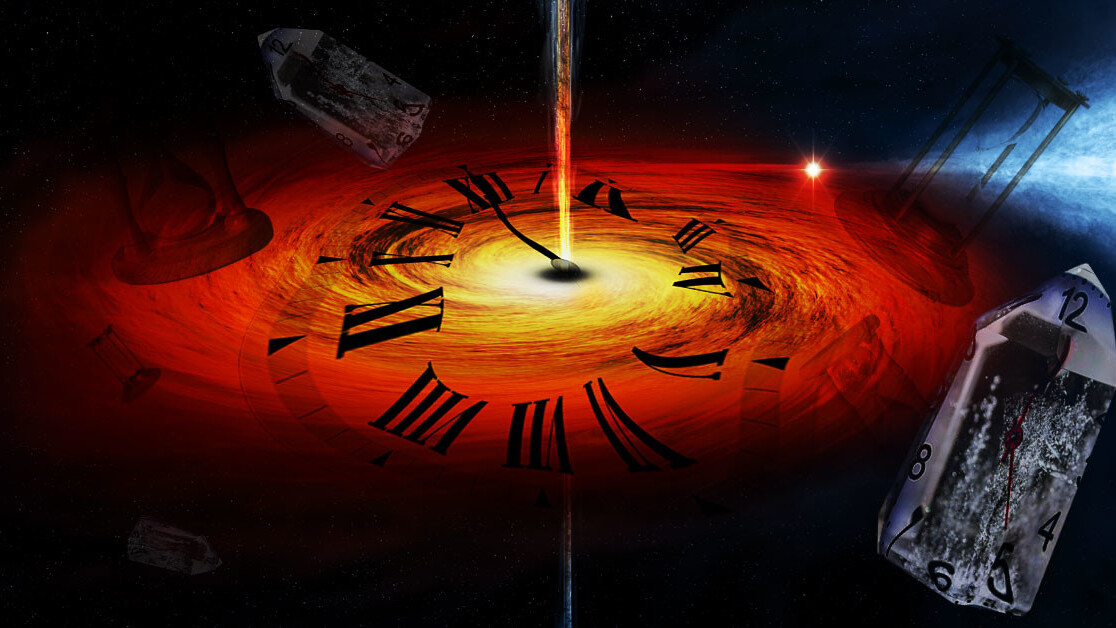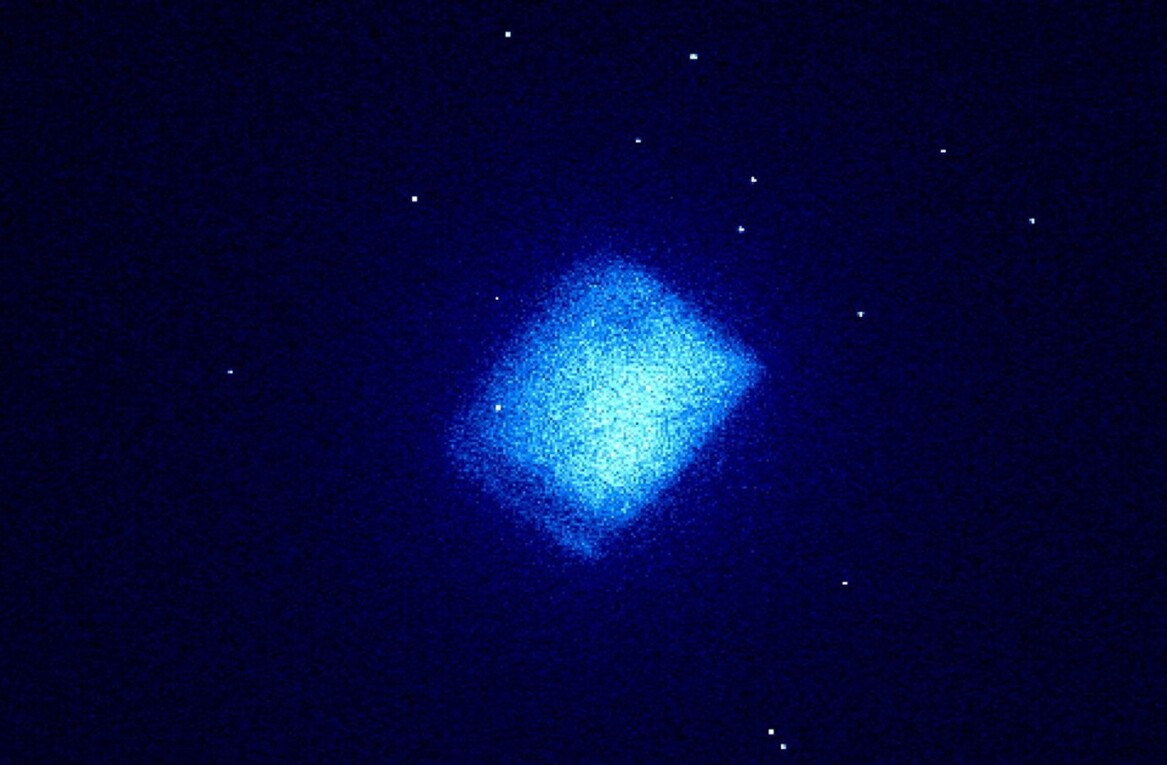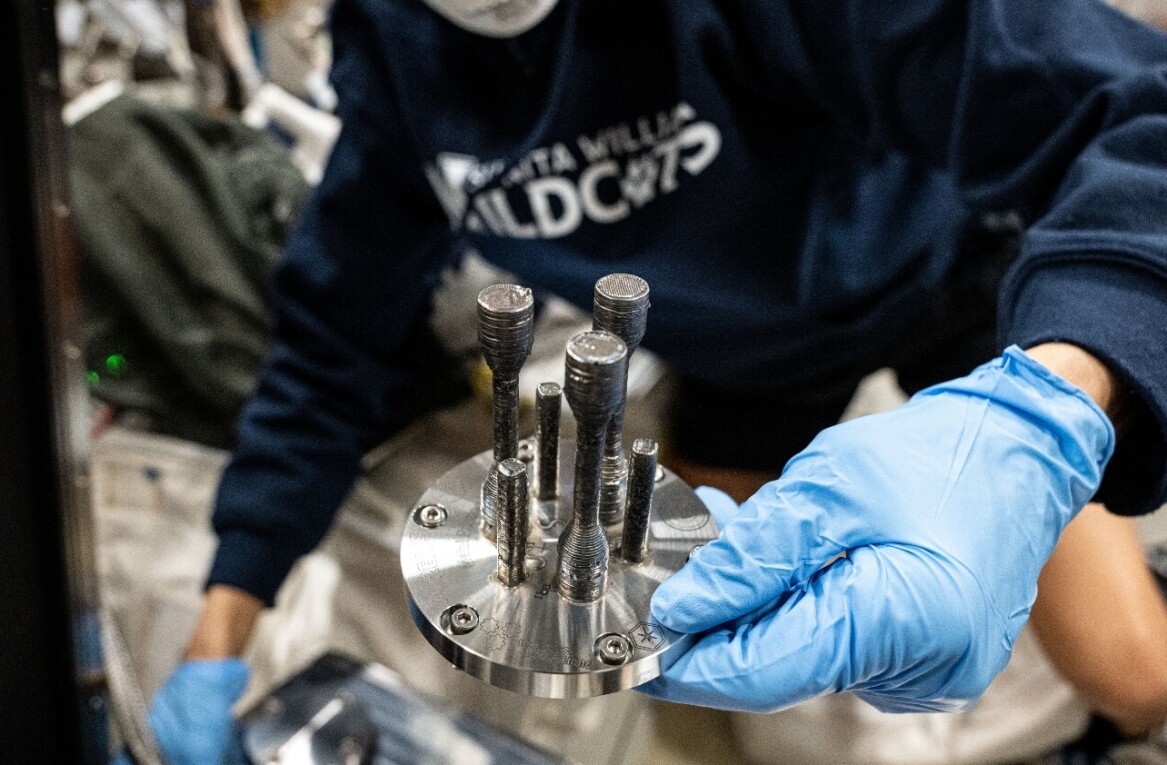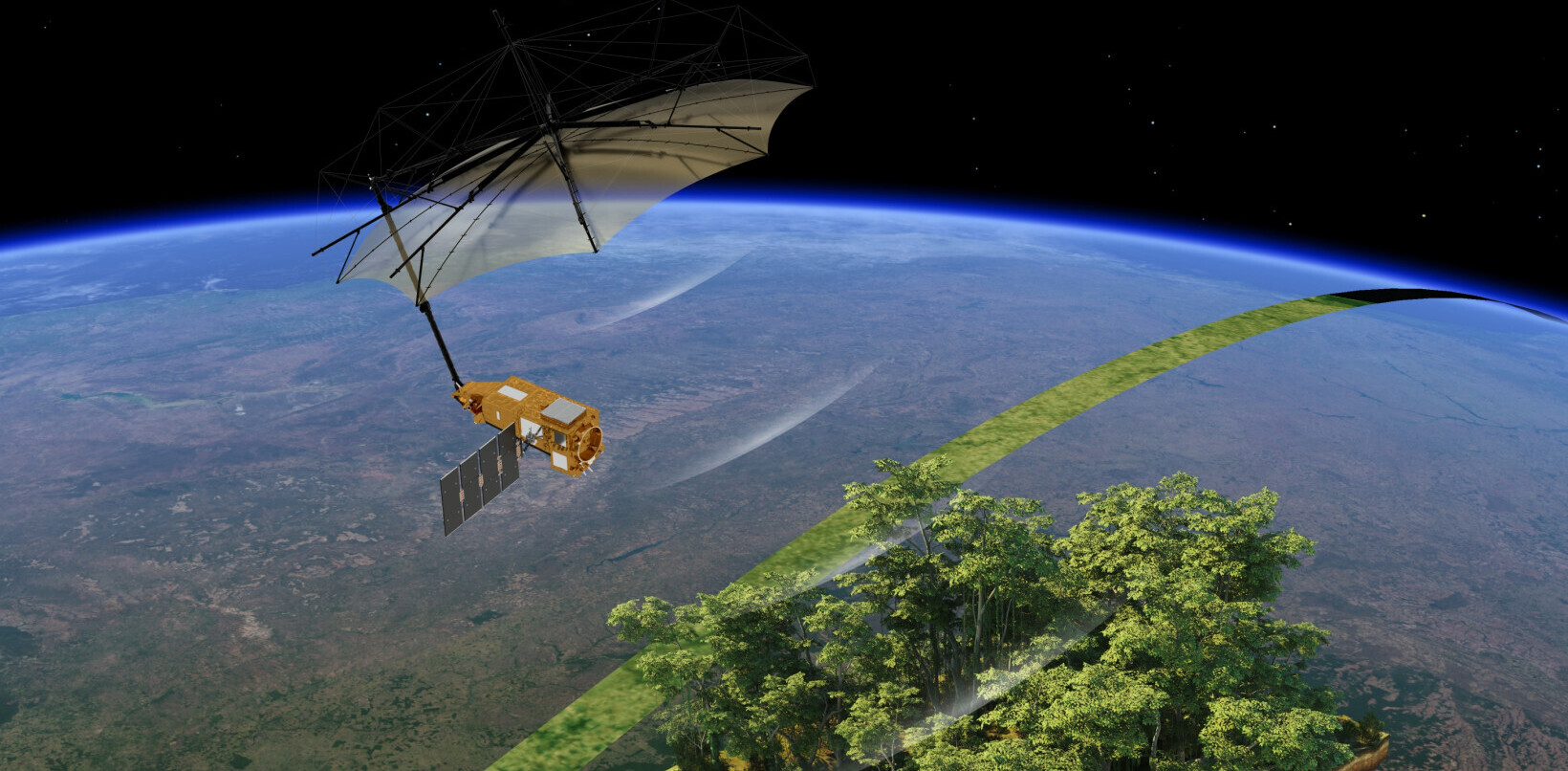
As we all take a moment to mourn the impending loss of CBS’ hit show “The Big Bang Theory,” let us also bow our heads in memory of the outdated origin theory of our universe that shares the same name.
Scientists believe the Big Bang theory (the science one, not the Sheldon Cooper one) may only be partially correct. Sure, it’s how our universe began – but it may have also been part of a grand cosmic circle of life wherein another universe ended.
At least, that’s what Roger Penrose and a team of scientists believe. You might remember Penrose from his work in physics with the late Stephen Hawking. Together they came up with the foundation for all future black hole research in their work called the Penrose-Hawking Singularity Theorems.
So, none of this ‘multiple universes’ stuff is actually new. Hawking, Penrose, and other really smart people have been kicking around this old theory that black holes are somehow related to another universe for a long time. Science fiction tells us that if you see a black hole, and you’re looking for adventure, you should definitely fly your space ship into it because you’ll end up in an alternate universe.
PSA: Don’t fly your spaceship into a black hole — you’ll almost certainly die even if it does lead to another universe.
Some black holes aren’t really singularities, but the ghosts of dead universes. Wait, don’t close this tab. I know right? Ghosts? Multiple universes? Try to keep in mind we’re talking about a Roger Penrose paper, not an undergrad thesis. Have some respect for science.
The research, which you can read here, indicates that a specific type of cosmic radiation, which Hawking predicted, exists in certain regions of space. This radiation is similar to what you’d expect from a black hole, only there’s no physical presence causing a gravitational pull. Hawking and Penrose theorized this is because the radiation pre-dates the Big Bang.
In other words, the radiation is actually a signature left behind after a black hole spent billions of years funneling energy from a dying universe to one being born.
According to the team, which also included Daniel An of SUNY, and Krzysztof A. Meissner from the University of Poland, they’ve found striking evidence for a theory called conformal cyclic cosmology (CCC). Basically, Penrose et al., think they’ve found evidence that the universe constantly reiterates itself through big bangs and, presumably, big snuffs (deaths? What’s the opposite of a bang?).
The team says their white paper presents:
… powerful observational evidence of anomalous individual points in the very early universe that appear to be sources of vast amounts of energy, revealed as specific signals found in the CMB sky. Though seemingly problematic for cosmic inflation, the existence of such anomalous points is an implication of conformal cyclic cosmology (CCC), as what could be the Hawking points of the theory, these being the effects of the final Hawking evaporation of supermassive black holes in the aeon prior to ours.
Here’s how it works: A universe is born with a big bang. It expands and grows up to be big and strong, probably full of planets and stars and dust and what-not. Then it gets old and sleepy and full of black holes that cause it to turn into a giant soupy mass-less mess that basically evaporates into electrons and non-physical goop (note, the authors of the paper don’t use the highly-technical term “goop”).
That stuff, the mass-less goop, collapses in on itself and then there’s a big bang and a universe is born – wash, rinse, and repeat in perpetuity.
And, according to the research, even if none of that is correct, the team’s findings – which ultimately can’t confirm the CCC theory – indicate there are problems with the inflating universe theory.
One of the most respected physicists in the world believes our universe is a phoenix made of everything-sauce – sounds good to us.
Get the TNW newsletter
Get the most important tech news in your inbox each week.




